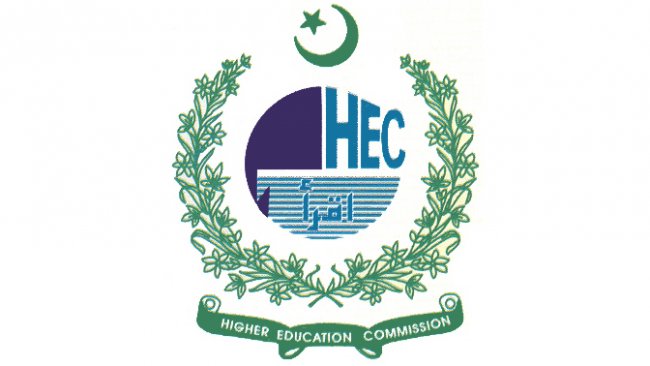Understanding Teachers’ Roles in Classroom Diversity Management: Evidence from Federal Government Schools in Pakistan
Abstract
This study explores the perceptions of teachers regarding the diversity of a classroom and the inclusionary measures utilized in teaching in context of the Federal Government Educational Institutions (FGEIs) in Kohat, Pakistan. There is diversity of culture, language, and even socio-economic status in a country like Pakistan and, thus, globally, as classroom diversity increases, there is an expectation that teachers will be able to manage multi-lingual, multi-cultural, and multi-ability heterogeneous classes. While there are policies that advocate for inclusive education, what actually happens in the classrooms is more complicated and primarily hinges on the teachers’ understanding, beliefs, and approaches towards teaching. In order to understand how FGEI teachers perceive their responsibilities regarding the management of diversity, there is need to conduct a comprehensive study utilizing a mixed methods approach, which is what this study implements. Quantitative data was gathered from a structured questionnaire administered to 37 teachers while qualitative data was obtained through in-depth semi-structured interviews with 3 teachers. Quantitative analysis conducted through SPSS showed that to a large extent, 94.6% of teachers believed that diversity management is an integral part of education, however, 49% claimed to not have sufficient training, especially novice teachers. More than half, 55.4%, of teachers with 1-9 years of experience reported having great difficulty in formulating techniques which would help accommodate the diversity among learners, while the more experienced teachers, ten years or more, showed more adaptability and confidence in their teaching. Thematic analysis of the interviews reaffirmed these findings, reflecting the patterns of inclusionary purpose, self-service reliance, minimal institutional assistance, and an emerging yet constricted understanding of diversity that is predominantly linguistic and cultural. It is clear that teachers, to some extent, are willing and able; however, lack of professional development or policy guidance stifles their ability to work on these systemic issues productively. The study then stressed the need for stronger pre-service and in-service training, the addition of responsive teaching (Gay, 2018) and developed institutional frameworks that support inclusivity through guided educational objectives. This research adds to the discussion on inclusiveness within poorly researched federal educational systems and provides blueprints for educational change in Pakistan.






